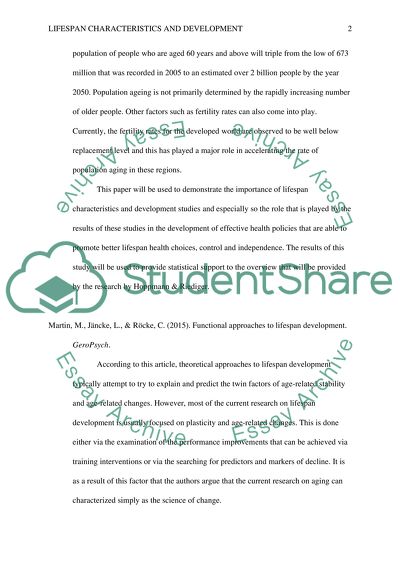Cite this document
(“Annotated Bibliography: Lifespan Characteristics and Development Bibliography”, n.d.)
Retrieved de https://studentshare.org/psychology/1701095-annotated-bibliography-lifespan-characteristics-and-development
Retrieved de https://studentshare.org/psychology/1701095-annotated-bibliography-lifespan-characteristics-and-development
(Annotated Bibliography: Lifespan Characteristics and Development Bibliography)
https://studentshare.org/psychology/1701095-annotated-bibliography-lifespan-characteristics-and-development.
https://studentshare.org/psychology/1701095-annotated-bibliography-lifespan-characteristics-and-development.
“Annotated Bibliography: Lifespan Characteristics and Development Bibliography”, n.d. https://studentshare.org/psychology/1701095-annotated-bibliography-lifespan-characteristics-and-development.


